PALAZZO COPPINI
International Meeting and study centre -Del Bianco Foundation Museum
HISTORICAL NOTES
Historical Overview
Palazzo Coppini, formerly owned by the noble Pelli family, occupied a strategic position along the ancient Via del Giglio, a road that connected two important religious institutions in Florence: the Basilica of San Lorenzo and the Dominican convent of Santa Maria delle Vigne, later known as Santa Maria Novella. This road followed part of the path of the city walls built by the Florentine Republic between 1173 and 1176.
The building encompasses several crucial phases of the city's history. Traces of the original medieval structure can be identified, including a part of one of the city towers demolished in 1250 by decree of the First People's Government and subsequently incorporated into noble residences. This is followed by expansions and structural modifications from the sixteenth century, including the construction of a striking spiral staircase in stone and an elegant fountain adorned with a typical mask of the Mannerist period. Finally, there are renovations in the Neo-Gothic and Neo-Renaissance styles carried out between the late nineteenth and early twentieth centuries.
The palace was built by Giovanni Pelli in honor of his wife Mona Ginevra, who passed away in 1534. The first documented records of the construction date back to 1497, when it was registered in Florence, noting that it had been "rebuilt from the foundations".
Over the centuries, the palace has undergone numerous transformations, with the most recent interventions dating back to 2013. Despite the significant changes, the oldest part of the building is still visible on the ground floor, with architectural elements such as the main staircase, the spiral staircase, the arches, and the vestibule, which testify to the influence of Renaissance architectural models recommended by Leon Battista Alberti and Francesco di Giorgio Martini.
Medieval Period
The origins of the building can be traced back to the remains of the original medieval building, located in the section of one of those city towers beheaded ("scapezzate") in 1250 due to a decree of the government of the First People, and then incorporated into noble residences.
16th Century
During the sixteenth century the Palace saw a phase of planimetric and structural enlargement, and among the prominent elements we mention a beautiful spiral stone staircase and an elegant fountain located in a niche and dominated by a mask typical of the grotesque Mannerist.
19th Century
Between the end of the nineteenth century and the beginning of the twentieth century, an increase in its volumes was made, which is part of the almost total renovation of the oldest area of the manor, and reflects in the style remakes in the neo-Gothic and neo-Renaissance.
ABOUT US
The Foundation
The Romualdo Del Bianco Foundation - Life Beyond Tourism was born in the aftermath of the fall of the Berlin Wall from the initial intuition of Paolo Del Bianco, who was a hotel entrepreneur, to promote knowledge among themselves of the countries of Central and Eastern Europe through contact with the West and the attraction it exerts. Since then, the Foundation has promoted meetings between young people from those countries in Florence for a total of over 150,000 days. Thanks to this activity, today more than 500 institutions from 77 countries on five continents form its international network. Over the years the Foundation has grown in the awareness that the true meaning of the hotel business stays in encouraging mutual knowledge. This business, understood as hospitality by a place to its visitors, is the activity from which the foundation was born as a no-profit dedicated to promoting intercultural dialogue. And from this awareness, the Foundation’s path towards the concept of Cultural Heritage as a potential tool for intercultural dialogue has started if, in addition to conservation and enhancement, its use is guaranteed for mutual knowledge and respect for diversity. The result was the reversal of the concept of tourism (especially mass tourism) from a "threat" to heritage - if only understood as services and consumption - to a strategic opportunity for dialogue between civilizations.
CSII
Palazzo Coppini is the seat of the Centre for International Studies and Meetings(Centro Studi e Incontri Internazionali), as a place of study, research and meetings that the Foundation promotes on the themes of travel, dialogue between cultures, heritage and its enhancement.
It promotes and organizes educational and training activities, manages international events and provides services and appointments for the internationalization of businesses.
COLLECTIONS
Artistic Crafts
The extraordinary nature of the collection lies in the authenticity with which it was donated and in the works themselves. It is an emblematic collection of the skills of authentic craftsmanship of countries and their cultures of which it is an expression. It is a collection that can be considered unique and priceless, because it is a sample of humanity and authenticity almost intimately familiar that has no match in other city collections, much more famous.
The Sculpture
To welcome those who enter Palazzo Coppini are placed twelve marble busts depicting different moods that, beyond the cultural differences, are common to the whole 'Human Family', which is addressed to the activity of the Romualdo Del Bianco Foundation- Life Beyond Tourism.
The busts have already been exhibited in Moscow (2007) and Saratov (2008), and are now part of the collection of the Foundation thanks to the deep and long-standing relationship with the sculptor.
Nō Theatre Masks
It is said that for a Nō Theatre actor, wearing an ancient mask performed by a great master and worn before him by other famous actors of the Edo Period (1603-1868), is a magical experience that flows almost into mysticism. The actor transforms by performing his part: he becomes part of the mask, and the mask enters him, guiding him in the movements and the part he covers at that moment.
The Library
From the beginning of the activity of the Foundation, guests who were in Florence for a week, hosted free of charge in hotel facilities, were asked to bring in exchange a book of their city, or their nation or written by them. For this reason, more than 6000 books have been accumulated in 11 alphabets and many languages, on different topics that sometimes reflect the activity of the professors, sometimes the most disparate topics, up to having a divine comedy in Chinese, or all the Azerbaijani recipes. Consequently, it was very important to gather all these "experiences" in an archive that would allow us to remember people , their way of making us know their land, their traditions. Therefore, this is not a traditional library, but it is based on humanity, knowledge, dialogue and it is strictly combined with the archive of collections that reflects with other types of objects the same principles.
GOLDEN VENUE
Spaces
Palazzo Coppini, intricately woven into the tapestry of Florence's urban history, stands as a state-of-the-art International Study and Meeting Center, embracing contemporary dialogue. Serving as a hub for meetings, conferences, and numerous globally acclaimed events, Palazzo Coppini holds the distinguished title of the Golden Venue within the Duomo Congress Center. Fully renovated in 2013 and further upgraded with cutting-edge technological amenities since September 2022, it boasts seven modern meeting rooms, exhibition spaces, and inviting areas capable of accommodating up to 150 people. This initiative mirrors the Foundation's extensive expertise in organizing international and interdisciplinary gatherings, fostering dialogue and cultural exchange among diverse global communities.
PICTURES
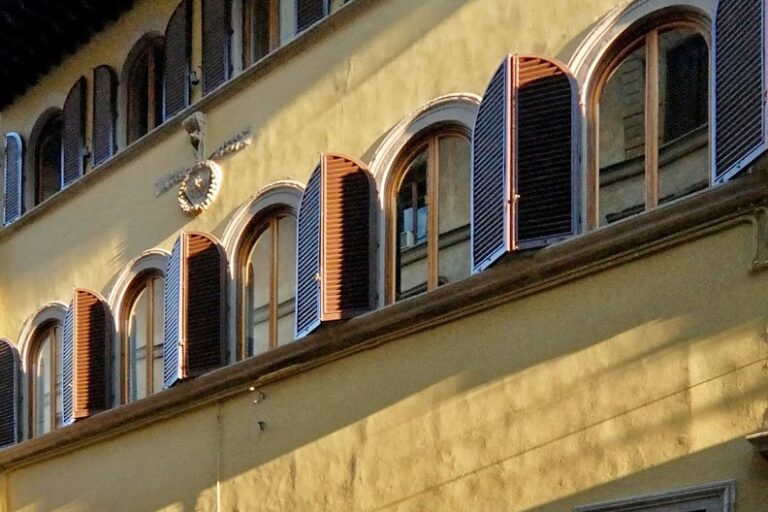
Facade
Palazzo Coppini
Via del Giglio 10, Firenze, Italy
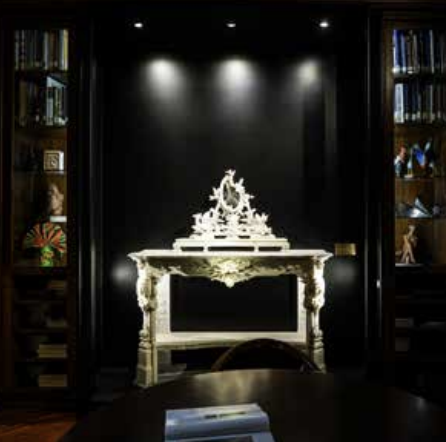
The Consolle
Palazzo Coppini
Via del Giglio 10, Firenze, Italy
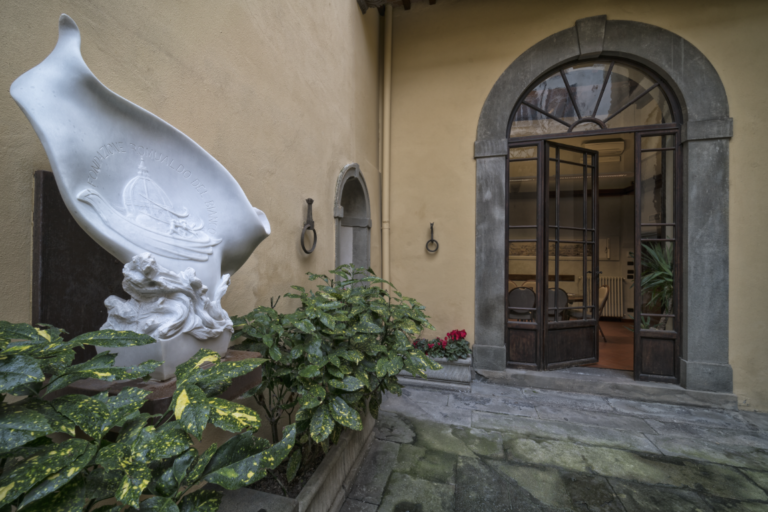
Courtyard
Palazzo Coppini
Via del Giglio 10, Firenze, Italy
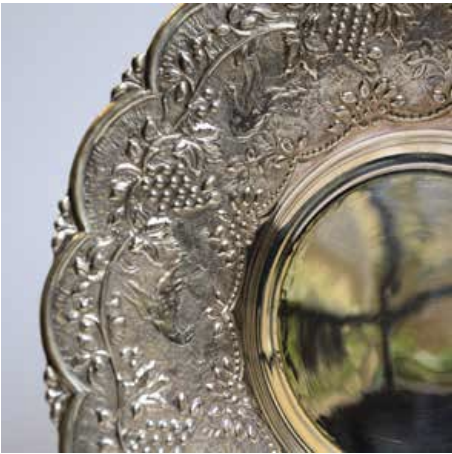
The Collections
Palazzo Coppini
Via del Giglio 10, Firenze, Italy
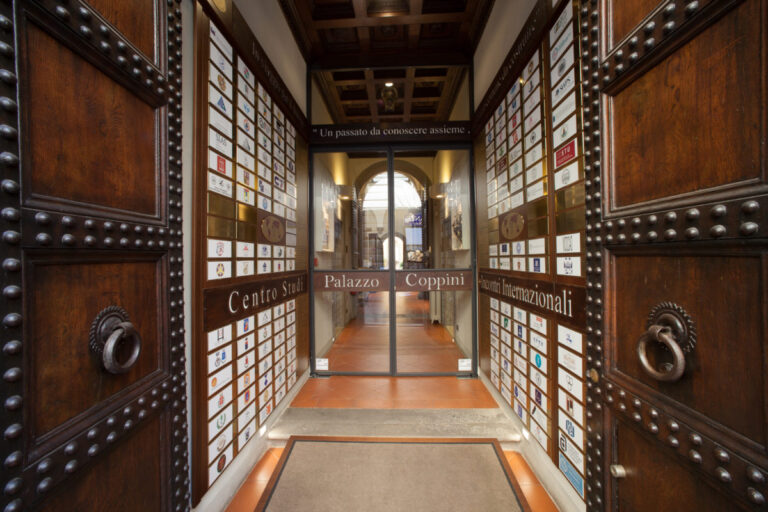
Main Door
Palazzo Coppini
Via del Giglio 10, Firenze, Italy
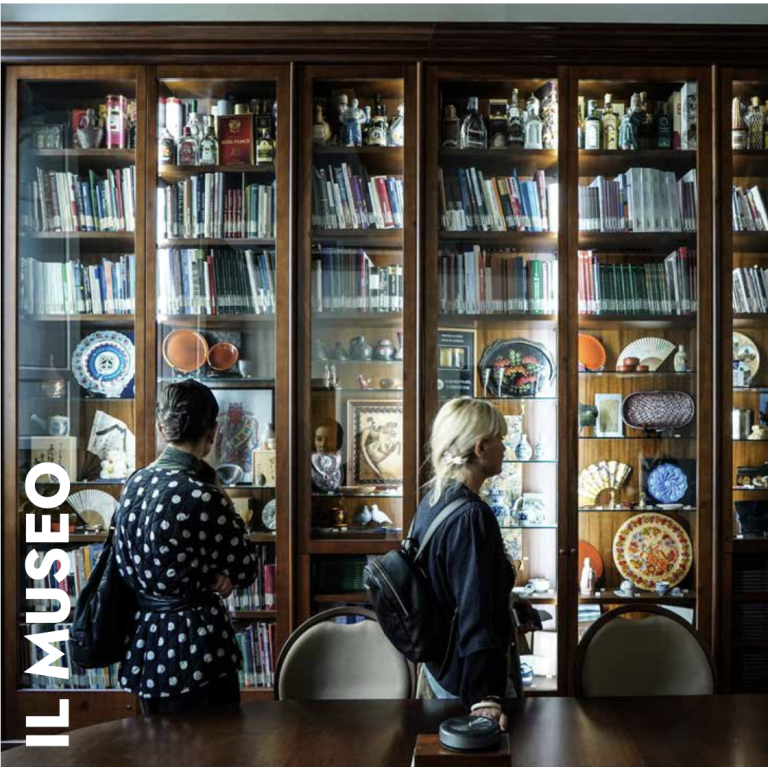
The Spaces
Palazzo Coppini
Via del Giglio 10, Firenze, Italy

